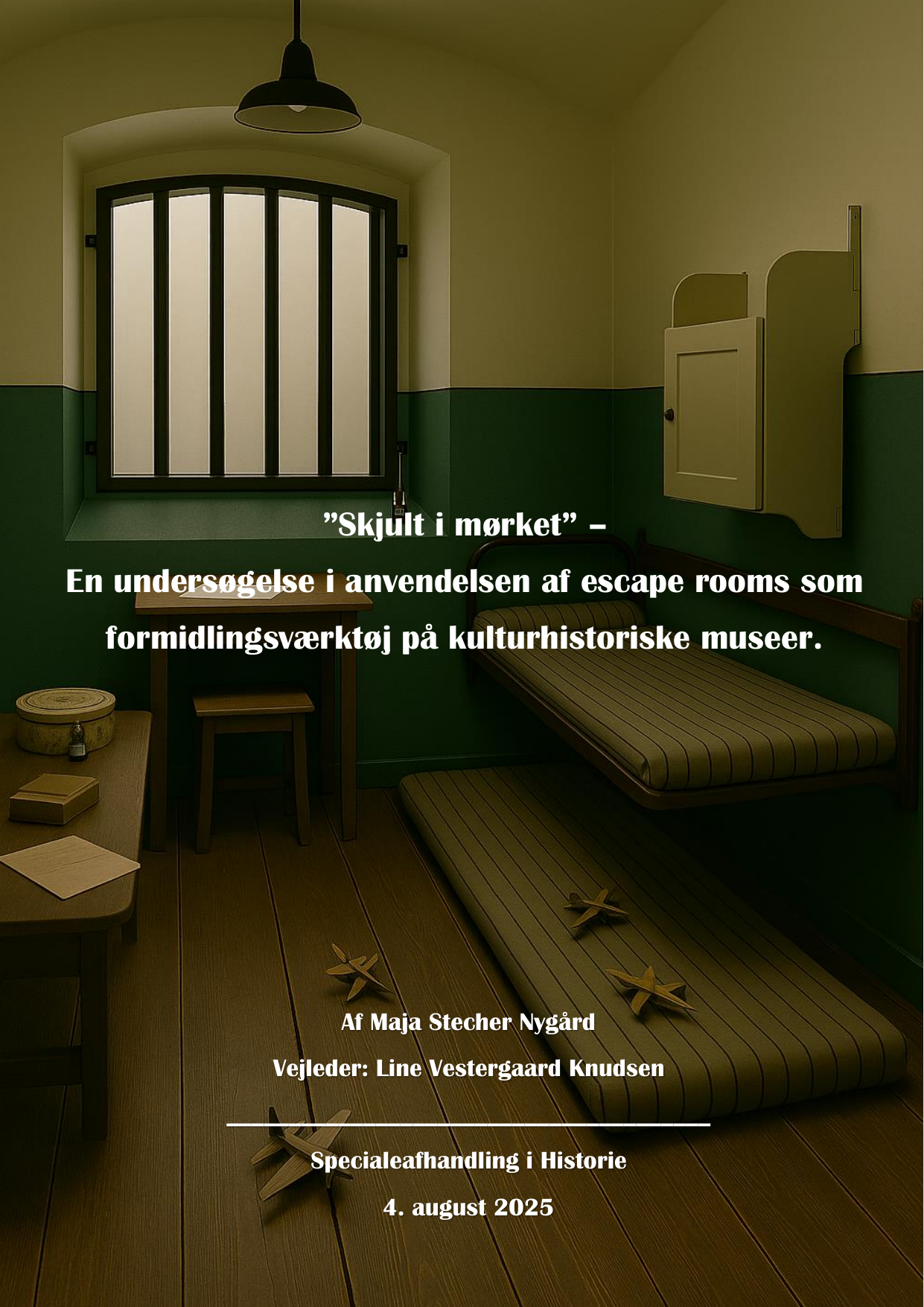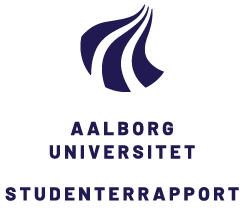
"Skjult i mørket" - En undersøgelse i anvendelsen af escape rooms som formidlingsværktøj på kulturhistoriske museer.
Oversat titel
"Hidden in the Dark" - A study of the use of escape rooms as a communication tool at cultural history museums.
Forfatter
Semester
4. semester
Uddannelse
Udgivelsesår
2025
Afleveret
2025-08-03
Antal sider
79
Abstract
This project explores how escape rooms can be used as a tool for communication in cultural history museums. Through a case study of the fictional escape room ”Skjult i mørket” (”Hidden in the Dark”), which is based on the story of the Churchill-Club during the German occupation of Denmark during World War 2, the communicative potentials and challenges of the format are analysed. The study combines theories of experience-based learning from John Dewey with qualitative interviews and analysis of design principles. The results show that escape rooms can enhance both immersion and curiosity, which supports learning about historical topics. Interactivity, collaboration, and physical engagement with objects – even replicas – foster stronger connections between participants and content. At the same time, the thesis identifies challenges, particularly related to the museums’ professional responsibilities, ethical considerations, and lack of expertise in game design. It is argued that escape rooms should not replace traditional museum communication, but rather serve as a valuable supplement that broadens the museum’s range of communication methods The thesis highlights the potential of the escape room format to create engaging, sensory, and educational museum experiences when designed with clear communicative goals and respect for the historical subject matter.
